Combination of a carrier polymer and titanium dioxide to achieve white coloration and enhance plastic properties.
Uniform coloring, UV resistance, thermal stability, transparency, and gloss.
Used in packaging, automotive, household appliances, industrial coatings, and electronic parts.
Increases durability, reduces production costs, improves mechanical properties, enhances appearance, and resists environmental conditions.
Important factors include selecting the right titanium dioxide, ensuring uniform dispersion, compatibility with polymers, and controlled usage.
White masterbatch is an effective solution for improving the quality and durability of plastics in various industries.
White Masterbatch
Definition:
White masterbatch is a polymer-based compound that includes a carrier polymer and a white pigment (typically titanium dioxide, TiO₂). It is primarily used to impart a uniform white color to plastic products, improve optical properties, and enhance surface quality in various manufacturing processes.
Properties:
-
Uniform coloring: White masterbatch ensures even white coloration throughout the product.
-
UV resistance: Titanium dioxide acts as a UV filter, protecting materials from degradation caused by sunlight.
-
Thermal stability: White masterbatch typically has good thermal stability and can maintain performance at elevated temperatures.
-
Chemical resistance: It exhibits good resistance to many chemicals, making it durable in industrial environments.
-
Transparency and gloss: Some white masterbatches can impart an attractive glossy finish to final products.
Applications:
-
Packaging industry: Used in the production of films and plastic containers to create a bright white and transparent appearance.
-
Automotive industry: Applied in interior and exterior plastic parts to improve aesthetics and durability.
-
Industrial coatings: Used in coatings to increase durability, resistance to environmental conditions, and enhance the final appearance.
-
Household appliances: Employed in the manufacture of plastic household goods for a clean and washable look.
-
Electronics industry: Used in plastic components that require clarity and a white color.
Advantages:
-
Increased durability: White masterbatch helps protect plastic products from UV, temperature, and environmental effects.
-
Reduced production costs: It eliminates the need for additional colorants and complex coloring processes, thereby lowering manufacturing costs.
-
Enhanced appearance: It improves the aesthetic appeal and surface smoothness of plastic products.
-
Improved mechanical properties: Some white masterbatches can also enhance the mechanical strength and toughness of materials.
-
Compatibility: White masterbatches can be used with a variety of polymers, including polyethylene (PE), polypropylene (PP), PVC, and others.
Key considerations:
-
Selecting the right titanium dioxide: The amount and type of titanium dioxide used in the masterbatch greatly influence the final product’s quality and properties.
-
Controlled usage: Excessive use of white masterbatch can increase the density of the final product and raise production costs.
-
Uniform dispersion: For uniform color, the masterbatch must be evenly dispersed in the polymer matrix.
-
Compatibility check: Ensure that the white masterbatch is compatible with the chosen polymer to maintain product quality.
-
Processing stability: White masterbatch should exhibit sufficient stability during processing techniques like extrusion and injection molding.


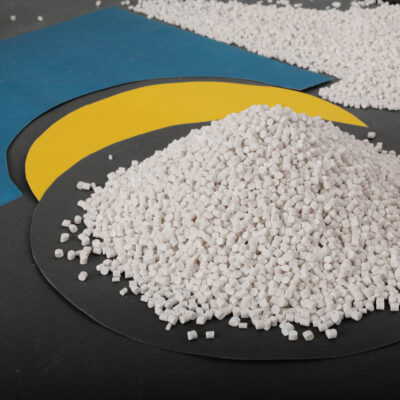
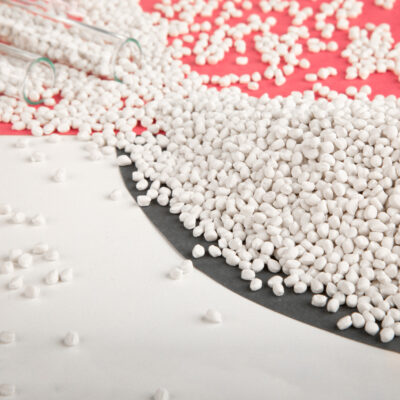
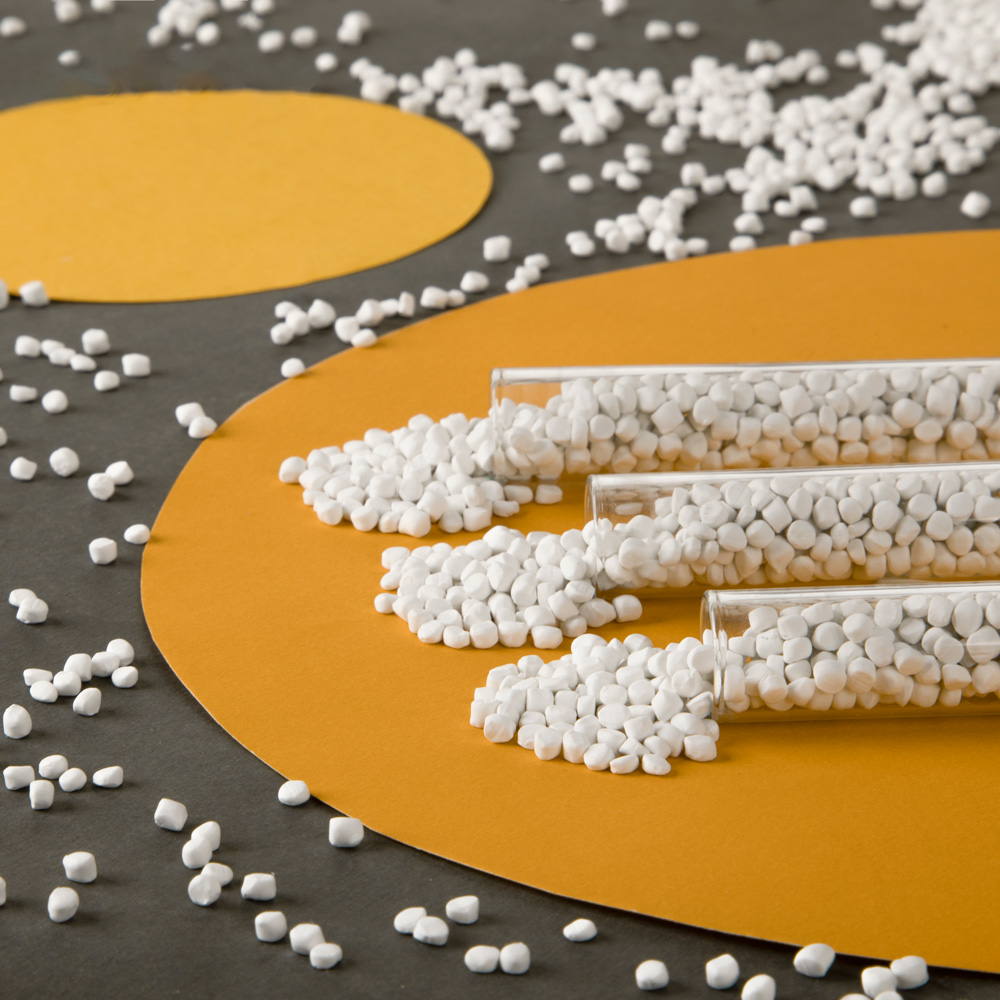
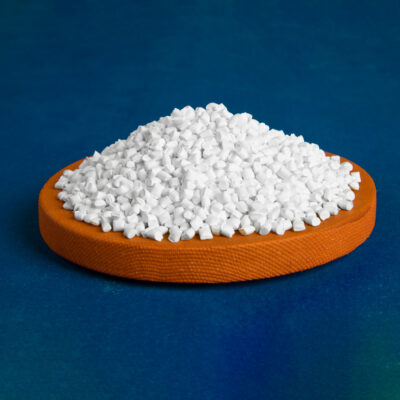
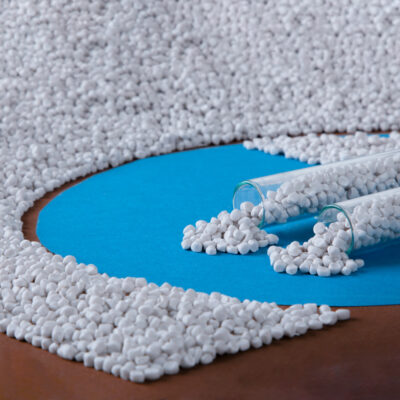
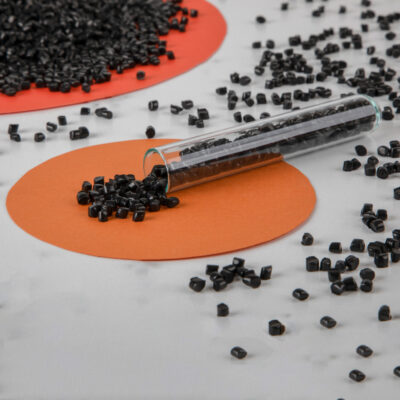
Reviews
There are no reviews yet.